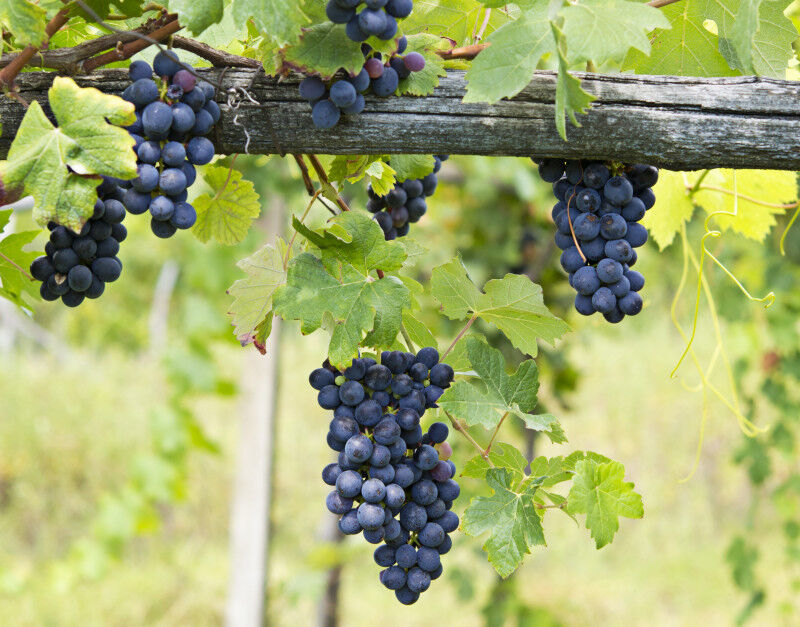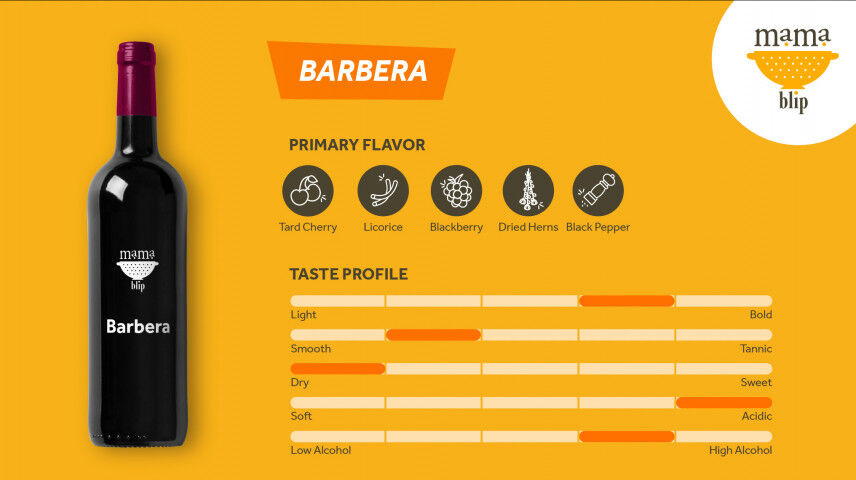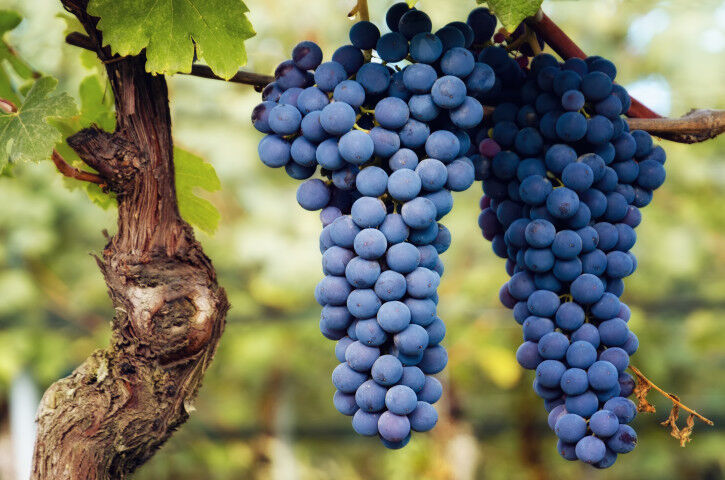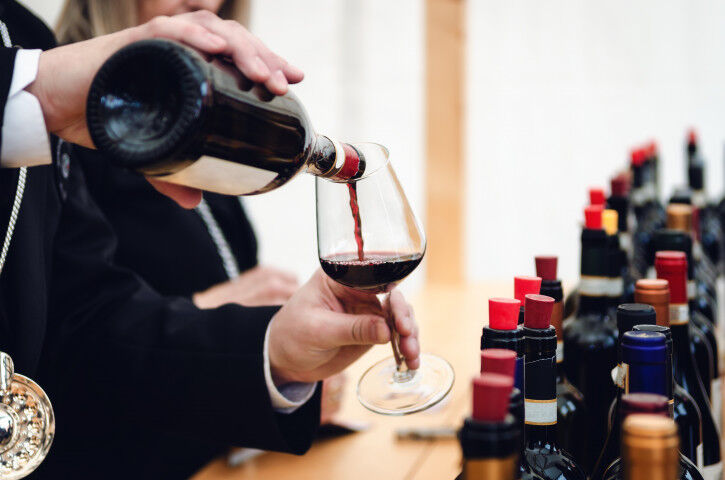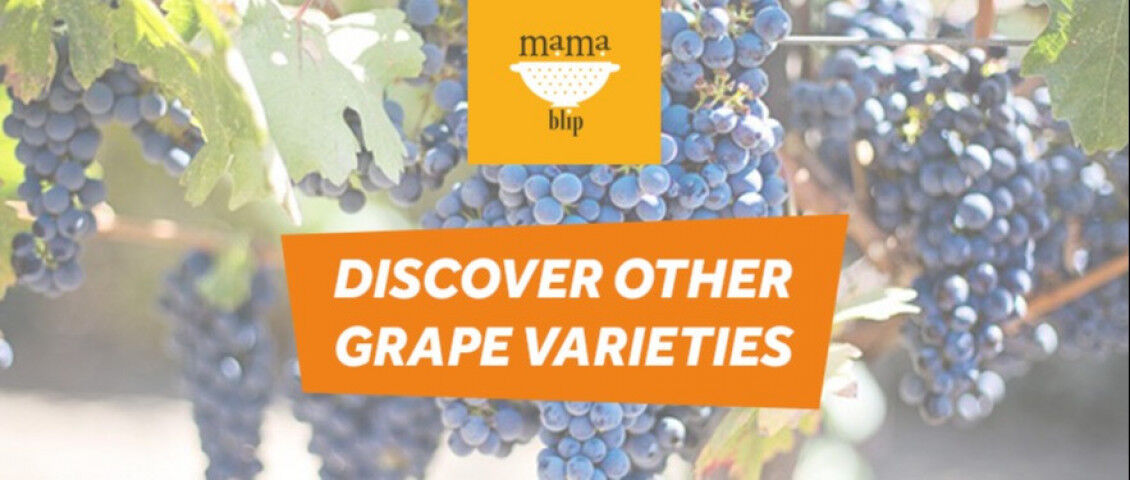Barbera wine (grapes) in 30 seconds
- Barbera is a black grape variety producing deeply-colored red wines.
- It has dark skin and is indigenous to Piemonte where most Barbera grows.
- This cultivar also grows in Campania, Emilia-Romagna, and Lombardy.
- It’s famed for its high acidity.
- Barbera has a medium to full body and low tannins.
- It displays fresh tart cherry, black fruit, licorice, dried herbs, and black pepper.
- This grape appears in varietal wines and blends.
- It appears in around 35 appellations across Italy.
- Barbera d’Alba DOC, Barbera d’Asti DOCG, and Nizza DOCG are some of its most celebrated appellations.
- Its alcohol level is typically between 13.5% and 15%.
What is Barbera wine?
Barbera is one of a trio of signature Piemonte grapes along with Nebbiolo and Dolcetto. This black grape is famed for its appearance in Barbera d'Alba and Barbera d'Asti wines but it also produces fresh, quality wines across the rest of Piemonte and beyond. Other Italian regions for Barbera include Emilia-Romagna, Lombardy, Puglia, Campania, Sicily, and Sardinia. In fact, at the start of the 21st century, Barbera was Italy’s third most-planted grape following Sangiovese and Montepulciano.
Learn about Barbera
Barbera often finds itself in the shadow of its prestigious Piemonte grape Nebbiolo. This state of affairs isn’t fair because Barbera has a great deal to offer so overlook it at your peril! It’s much less tannic than the grape that made Barolo and Barbaresco famous while offering good body and bright fruity and spice flavors. While Nebbiolo wines tend to be reserved for special occasions, Barbera is an everyday beauty.
This grape has the flavors and structures to make it ideal for blends and mono-varietal wines.
This grape travels well, adapting to different terroirs and climates. Beyond Italy’s shores, Barbera’s also cultivated in Greece, Slovenia, South Africa, Australia, California, and Argentina.
What is the flavor of Barbera wine?
Youthful Barbera displays fresh red cherry, herbs, blackberry, high acidity, and soft tannins.
Barrel-aged mature styles have more fruit concentration and are slightly more tannic because of the wood tannins. When young, most Barbera wines have a bright-red cherry character, distinguished from Nebbiolo (which often overshadows Barbera) by softer tannins and a roundness. When matured in barrel and allowed to age in bottle for a few years, this turns to denser, sour-cherry notes.
What are the characteristics of Barbera wine?
Barbera produces bone-dry red wines in standard and Superiore styles.
How do you serve Barbera?
In spite of its dark hue, Barbera is a deceptively light-tasting wine. Its fruit-forward profile combined with low tannins and high acidity make this grape an ideal food pairing wine for fatty foods. Read on for ideas for the perfect pairing:
Barbera Food Pairing
- Appetizers: Prosciutto; salami; black olives; bruschetta with herbs and tomatoes.
- Entrées: Chicken parmesan; roast chicken; penne alla vodka; gnocchi in sage and butter sauce; pasta carbonara; all pizzas; cod dishes; lasagna; truffle risotto; Osso Buco; arancini.
- Cheese: Young pecorino; goat’s cheese; herby cheeses.
Top Barbera Appellations/ Areas
Barbera d'Alba DOC and Barbera d'Asti DOCG are the star wines made from this grape but stunning examples appear all over Piemonte. This grape also features in Nizza DOCG, Canavese DOC, Barbera del Monferrato DOC as well as Barbera del Monferrato Superiore DOCG. Elsewhere in Italy, notable appellations include Oltrepò Pavese DOC.
What grapes are in a Barbera?
In common with many indigenous Italian grapes, Barbera is an ancient variety. Its first recorded appearance in wine documentation was in a late 18th-century document from the Turin agrarian body.
DNA research shows that Barbera is the offspring of the Italian grape Coccalona Nera (Orsolina).
How is Barbera made?
Barbera ripens after Dolcetto and before Nebbiolo. It fares well in cool spots and, much to the joy of vineyard managers, is somewhat resistant to mildew. While Barbera has the properties that make it suitable for warmer climes, if conditions are too hot, it becomes jammy and flat.
Traditional vintners prefer long maceration and minimal oak for intense color and fruit. Others like to balance Barbera’s fruit with oak for a rounder more international style.
Superiore styles of Barbera have a slightly higher level of alcohol than the specific appellation stipulates.
